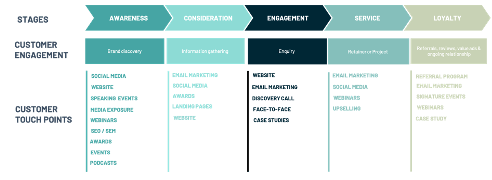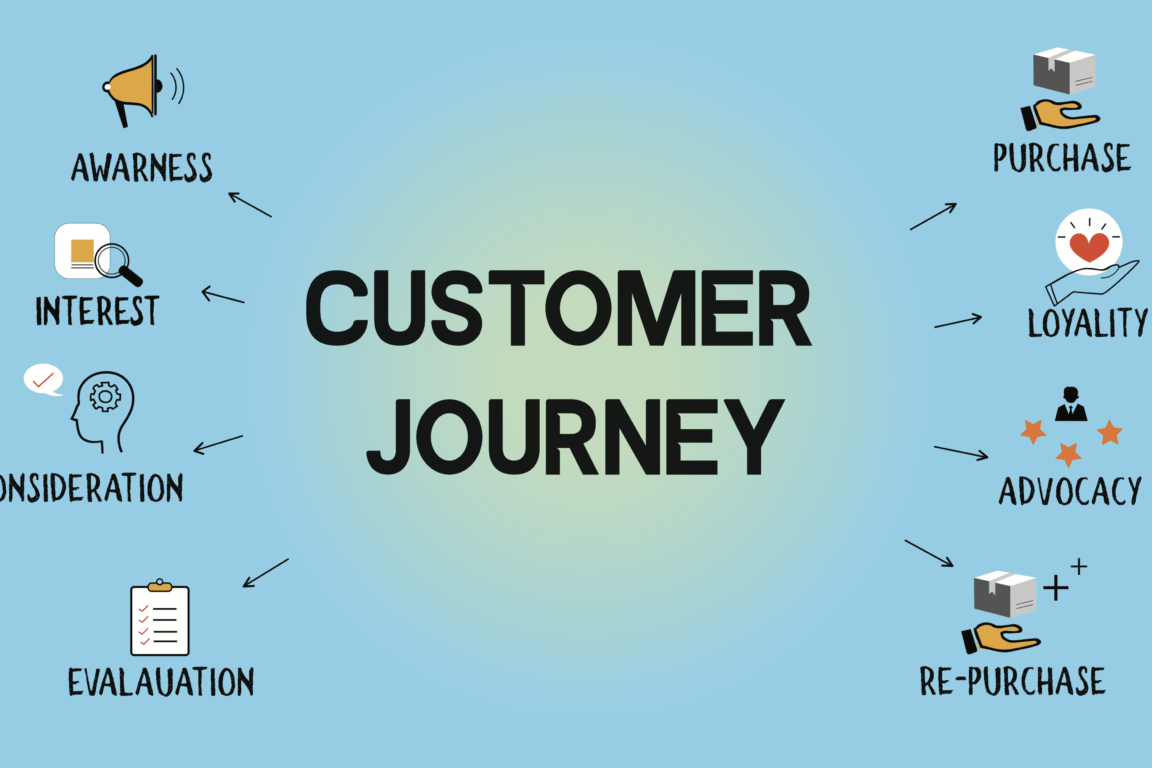Customer journey mapping: What it is and why you can’t skip it
You know your product, you know your brand, but do you know your customer? Have you considered how they interact with your business and how it’s impacting its success? Let us show you what you need to consider to pick up missed opportunities and maximise engagement with your target audience.
So, what is a customer journey map? Simply put, it’s the blueprint of all the interactions and touchpoints through which your customers might engage with your brand. These touchpoints could be as simple as a social media post, right through to a customer hotline or brand event. And with customer experience fast becoming the top priority of businesses, understanding what these touchpoints are, and how they impact your customer is crucial.
Think like your audience
Every journey is different. The most important step in mapping out your customer’s journey is to first think like them. You need to stand in their shoes and evaluate how your brand is presented. If they’re purchasing a car—in this case you sell cars—the purchase timeline is going to be quite lengthy. This means there will be more touchpoints and thus more opportunities for them to engage with you. For example, is it the ad they saw on social media, or your sales representative on the showroom floor? Perhaps it’s that commercial they watched, or even a review online. These touchpoints all contribute to your customer’s perception of you and helps determine their purchase intention. Nailing each of them is therefore detrimental to keeping them on that journey through conversion, loyalty, and then advocacy.
Data is the key
So how do you begin mapping out your customer journey? Let’s just say, data is your best friend. You need to discover and build insight around your various consumer “avatars” or archetypes. This can be done, in part, through customer surveys and reviews to understand their feelings and what drives them through the purchase timeline. However, as research from McKinsey has shown, surveys alone are not enough, and other tools to analyse your consumer base will be necessary. According to their study, despite as many as 9 in 10 companies using survey-based research, only 15% of leaders felt it was giving them the insight they needed. As such, the more data sources and methods you have, the better.

Finding the right mix of data will then help you shape the type of content you produce to capture and engage your audience. If, for example, you discover that a certain product line resonates with men in their 20s to 30s, who live in inner urban areas, you’ll set that as an avatar and then build content that targets their pain points and needs.
Through this process, you may also uncover gaps in your customer journey. For example, you might learn that a subsection of your consumer base doesn’t have the time to sit on the phone, but still needs to reach you. In this instance, the solution could be a live chat function linked to your website. If you hadn’t done this research, nor thought from their perspective, you’d potentially be losing a whole segment of the market. In essence, it’s about understanding which channels your customers will take and meeting them there.
Which brings up another valuable point: knowing and understanding your customer journey map is important to more than just the marketing team. It’s a whole-of-business effort as everyone is involved. This means you must break down existing team silos to cover all the bases. Whether it’s your sales team, or the person on the front desk, it’s all about ensuring that everyone provides that same, consistent customer experience.
A constant work in progress
And finally, your customer journey map is not a once and done kind of task. It needs to continually evolve with the business. Everything from external factors to new product releases will change how your customers engage with you, so it’s imperative you keep your map close and updated. There’s always more to learn about your consumers and optimisations to make.







